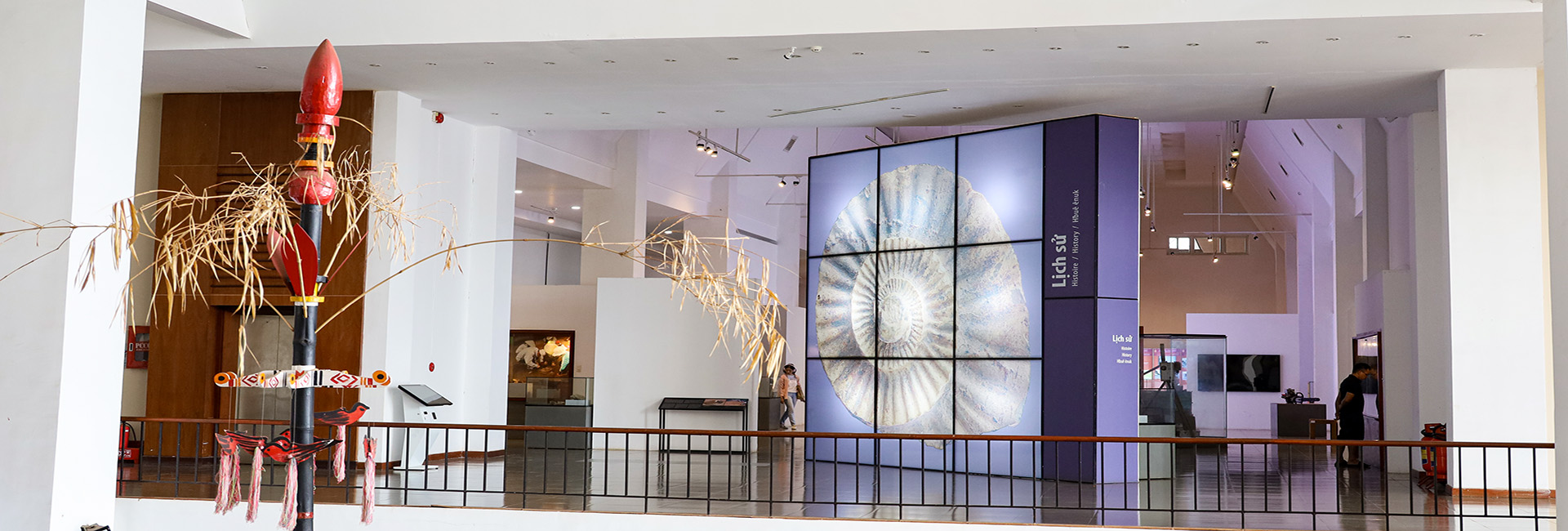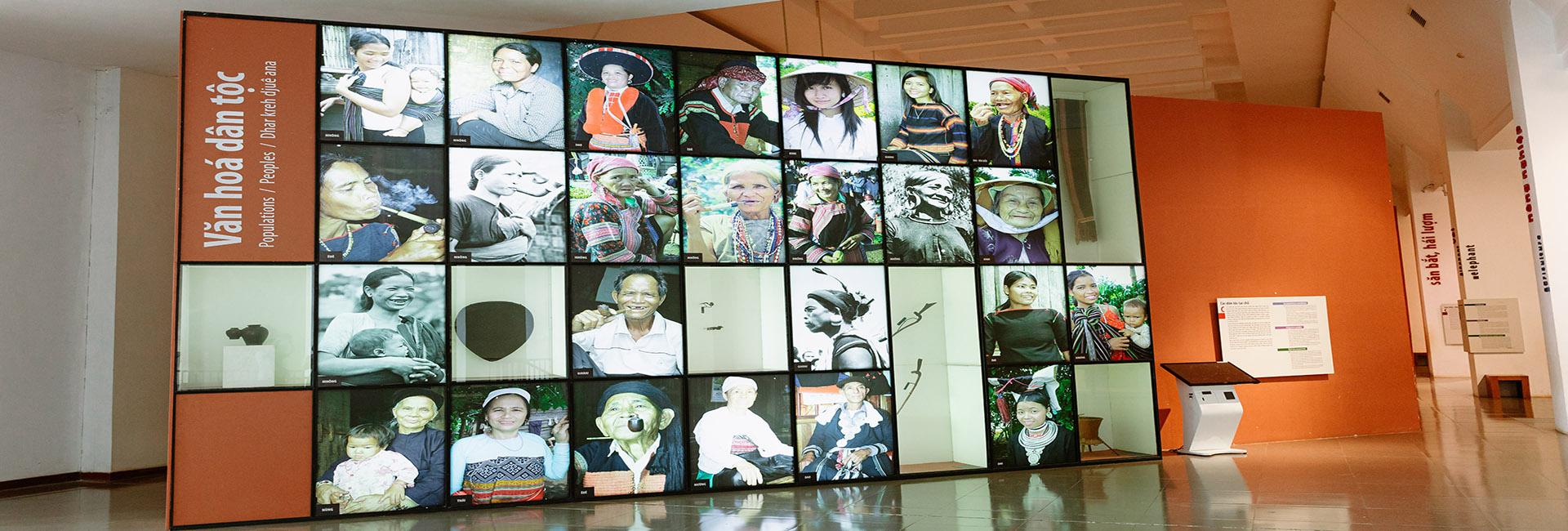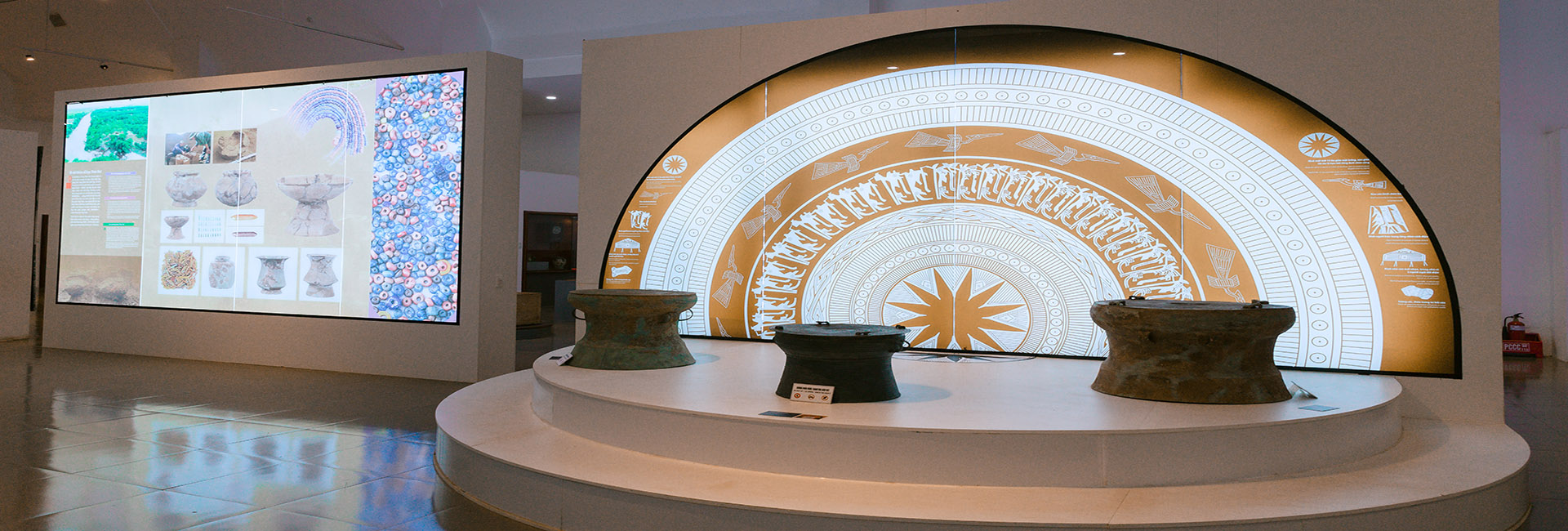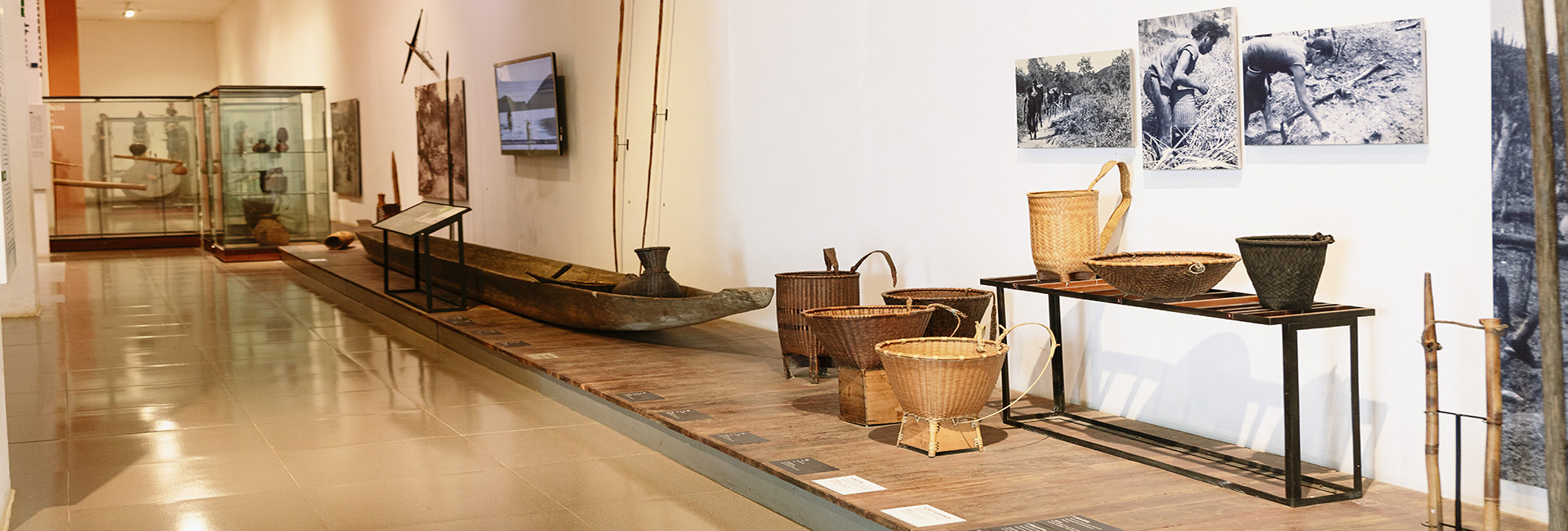Application of information technology in management and preservation of objects at Dak Lak Provincial Museum
Today, development of information technology has brought a lot of utility for its users. In particular, the electronic information system via Intenet is used mostly thanks to its popularity in communication, searching and reading information by the superiority of the software applications on management, documentation digitization. This proves that the information technology has become one of the important factors that deeply transforms the development of the whole society, including culture in general and museum in particular.
Facing to the social requirements and defining clearly the great role of the cultural heritage values that are being preserved and promoted in the museums, Dak Lak Provincial Museum, in recent years, has step by step innovated and applied the information technology to the inventory and preservation of objects in order to promote as much as possible the heritage values of in each object. The management and preservation of objects is regarded as one of the key tasks of the museum. In the past, the management and monitoring of objects were carried out by using handwriting on the posters, cards, curriculum vitae, which took much time and effort but not much information recorded and have difficulties in exploiting the information and finding the object records. The museum objects are original; therefore, when these objects are digitalized, the copies of simulation information stored in the software system will be created, which brings advantages in exploiting information. With the development of the information technology and the renovation requirements of museums to catch up with the other museums in the country, and to carry out the effective inventory and preservation of objects, Dak Lak Provincial Museum has applied the information technology to making scientific inventory note, completing legal documents, building typical object collections, and inputting information into the management software. This work initially has brought good results, the management, storage, exploitation and research of information are easily and scientifically. More importantly, the staff in charge of inventory do less manual works thanks to using modern computer technology and its utilities. The application of information technology in the object management will help the object management in the museum more scientific, faster and more accurate. The inventory staff could look for the full information of an object through one of the object criteria such as name of objects, inventory numbers, material, date or source, etc. From the object note, the picture of object can be printed out for observing and selecting and then searching information of that object, which helps to list the objects quickly and serve timely the mobile and temporary exhibitions. With the object management program in the computer, the conservation and inventory cadres will quickly and accurately create original collections of objects. Compared with the methods of looking for objects and object information as in the past that before an exhibition, the conservation and inventory staff based on the requirements of the exhibition layout, then directly selected objects in the store, and found the object information in the object register. This took much time and effort and it made the objects worn out and the register notebooks easily torn and spoiled. In order to promote the plan of the information technology application, Dak Lak Provincial Museum has invested in using Esoft software (Object Management) in the inventory and preservation of objects. In particular, this Museum's director board always cares and supports the implementation of the object management program, and step by step builds up the staff who are not only competent in their professional skills but also capable of applying and using masterly the information technology in working.

H’My








